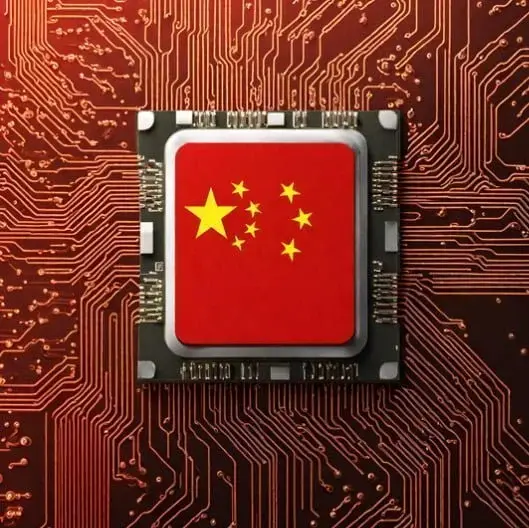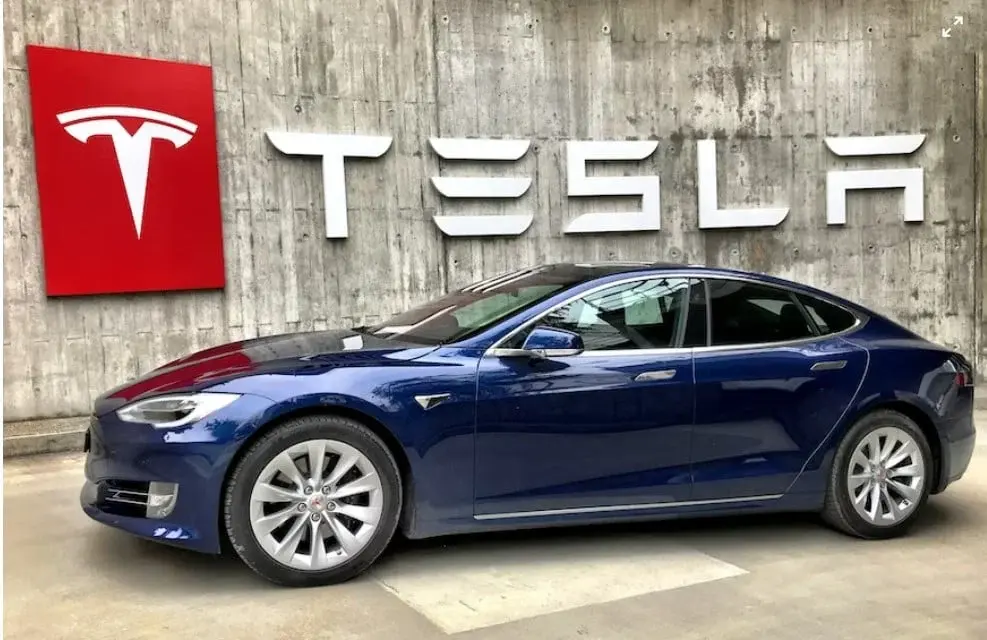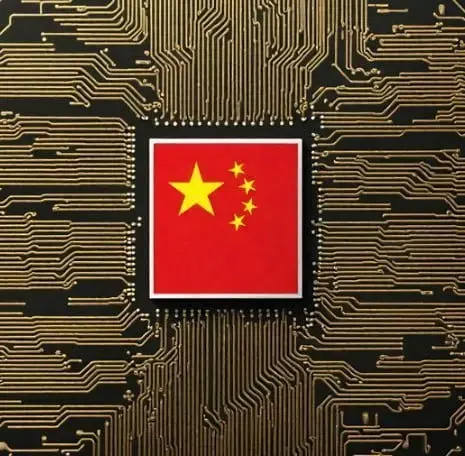Key Takeaways
1. Tesla is updating the Model X and Model S this year, similar to the recent refresh of the Model Y and Model 3.
2. The Model X refresh will feature a new front bumper camera, indicating improvements in specifications rather than major design changes.
3. The front bumper camera is being integrated into Tesla’s Full Self-Driving (FSD) systems, enhancing its functionality beyond parking assistance.
4. The interior of the 2026 Model S and Model X will include sporty seats for the S, while the X will have less impressive seating, with new ambient lighting features.
5. The 2026 Model S will have a more aggressive design, while the Model X will see minor updates, focusing primarily on technical improvements rather than aesthetics.
While Tesla has been spotted testing the 2026 Model Y Performance and the updated Model S at the Nürburgring, the Model X facelift has also been seen in spy shots.
Updates on Model X and Model S
Tesla’s lead engineer, Lars Moravy, has shared that the Model X and Model S are set to receive updates later this year, similar to the Model Y and Model 3, as part of a comprehensive refresh across Tesla’s lineup.
From the leaked images of what seems to be the 2026 Model X refresh, it appears that no major redesign is on the horizon. However, it’s noteworthy that Tesla is finally adding a front bumper camera like the one found on the new Model Y and the Cybertruck. This suggests that most modifications will focus on specifications and hardware, rather than aesthetics.
Hardware Improvements
In contrast to the Model Y, the Model X and Model S have been equipped with Tesla’s latest HW4 FSD kits for quite some time. Thus, the main enhancement here would be the front bumper camera, which was also present on the Model S spotted at the Nürburgring racetrack.
Originally, Tesla utilized the front bumper camera for parking and off-road purposes, but there are signs that they are now integrating its footage into their FSD systems. The Cybercab is also equipped with this feature, and it is likely that Tesla plans to start including the front bumper camera in the Model 3 later this year to ensure that all refreshed vehicles in their lineup have it.
Future Features
It remains uncertain whether the bumper camera will be essential for unsupervised FSD and the robotaxi service. However, Tesla is known for being economical with extra components, suggesting that they might offer additional functions for this camera beyond just parking assistance.
The interior of the upcoming 2026 Model S and Model X refresh is partly visible in these images. The Model S is expected to feature sporty seats, while the Model X seats appear somewhat lackluster, resembling those from the Cybertruck.
The blue protective tape visible inside the new Model X/S is standard for vehicles leaving the factory, but in this instance, it seems to cover the ambient lighting strips that Tesla has begun incorporating into all new models.
Design Details
Aside from that, the 2026 Model X doesn’t seem to present a significant interior or design overhaul. However, Tesla will introduce a new blue color option, as shown in the leaked video below.
The 2026 Model S has been redesigned to exhibit a more aggressive stance compared to its predecessor, featuring a new front and rear diffuser. Nevertheless, the majority of changes appear to be focused on the technical aspects, rather than on visual updates.
Source:
Link



